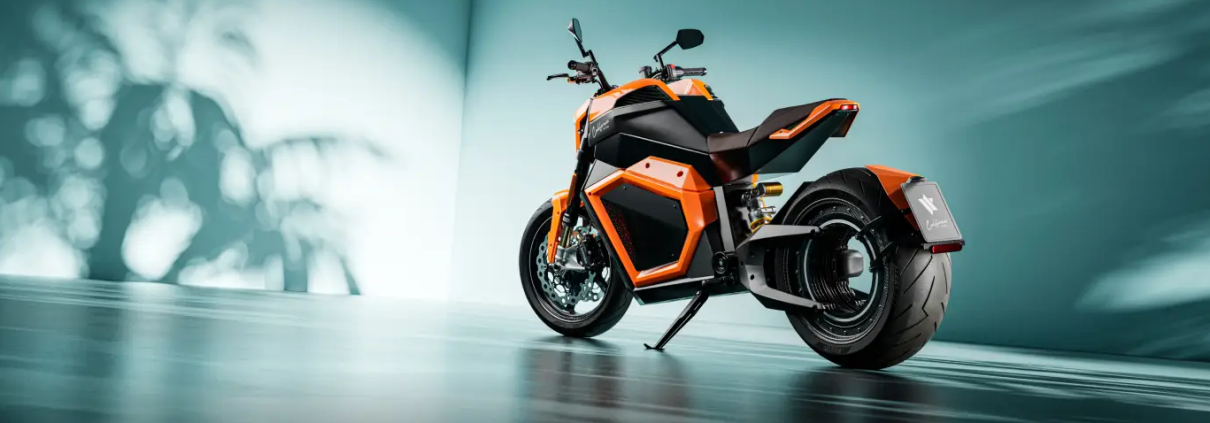Best Motorcycle Battery Upgrade Options: AGM vs Lithium vs Lead-Acid
Introduction
When it comes time to replace your motorcycle battery, the big question many riders face is: should you stick with the original type or upgrade to something better? Motorcycle battery upgrades typically involve moving from traditional lead-acid to AGM, and eventually to lithium. Each option has its advantages, trade-offs, and ideal use cases. In this guide, we’ll compare AGM vs Lithium vs Lead-Acid, explore cost versus long-term value, and highlight which riders benefit most from each upgrade path.
Why Consider a Motorcycle Battery Upgrade?
Motorcycle batteries aren’t just about starting the engine—they impact reliability, weight distribution, and maintenance. Here’s why upgrading is worth considering:
- Improved starting power (higher CCA)
- Longer lifespan (fewer replacements over time)
- Less maintenance (AGM and lithium are both low-maintenance)
- Weight savings (lithium batteries are up to 60% lighter)
- Faster charging and better efficiency (especially with lithium)
For riders frustrated by frequent replacements or looking for better performance, upgrading makes sense.
Lead-Acid Motorcycle Batteries (Traditional Option)
Pros:
- Cheapest upfront cost
- Widely available
- Familiar and compatible with most stock setups
Cons:
- Short lifespan (2–3 years)
- Requires regular maintenance
- Heavy compared to newer technologies
Best For: Casual riders or those on a tight budget who don’t mind regular upkeep.
AGM Motorcycle Batteries (The Middle Ground)
Absorbent Glass Mat (AGM) batteries are the next step up. They use fiberglass mats to hold electrolyte, making them sealed and maintenance-free.
Pros:
- Maintenance-free
- Better vibration resistance
- Longer lifespan than traditional lead-acid
Cons:
- Higher cost than lead-acid
- Heavier than lithium
Best For: Daily commuters and riders seeking a balance of reliability and affordability.
👉 For Honda riders, battery choice often comes down to balancing cost and reliability. You can explore more in this Honda motorcycle battery guide.
Lithium Motorcycle Batteries (The Premium Upgrade)
Lithium is the latest and most advanced motorcycle battery technology. They come with built-in Battery Management Systems (BMS) for safety and performance.
Pros:
- Up to 60% lighter than lead-acid
- 5–8 years of lifespan (compared to 2–4 years for AGM)
- Fast charging and low self-discharge
- Strong cold-cranking amps (great for large engines)
Cons:
- Higher upfront cost
- May require compatible charging systems
Best For: High-performance motorcycles, large cruisers, long-distance touring bikes, or riders who want the best overall performance.
👉 For big touring bikes like Harley-Davidson models, the weight reduction and stronger starting power of lithium batteries are game changers. Learn more in this Harley-Davidson motorcycle battery replacement guide.
👉 Dealers and repair professionals working with Indian Motorcycles are also making the shift to lithium solutions to better serve performance-focused riders. Here’s a detailed look at Indian motorcycle battery replacement options.
👉 If you’re comparing your upgrade choices and want to see why so many riders are moving to lithium, explore our full range of lithium motorcycle batteries.
Cost vs Value: Is the Upgrade Worth It?
| Battery Type | Average Lifespan | Weight | Maintenance | Upfront Cost | Long-Term Value |
| Lead-Acid | 2–3 years | Heavy | High | Low | Low |
| AGM | 3–5 years | Medium | Low | Medium | Medium |
| Lithium | 5–8 years | Very Light | Very Low | High | High (best ROI) |
While lithium has the highest initial price, its longevity, weight savings, and performance make it the most cost-effective option over a 5–8 year horizon.
How to Choose the Right Battery for Your Motorcycle
When upgrading, consider:
- Voltage and capacity (must match your motorcycle’s system)
- Cold Cranking Amps (CCA) (for reliable starting)
- Physical dimensions (ensure fitment in your battery compartment)
- Riding style and needs (commuting, touring, performance)
Quick Recommendations:
- Daily commuters → AGM
- Touring/long-distance riders → AGM or Lithium
- High-performance & big cruisers → Lithium
Conclusion
Upgrading your motorcycle battery isn’t just about avoiding breakdowns—it’s about improving performance, reducing maintenance, and investing in long-term reliability.
- Lead-Acid is the most affordable but least durable.
- AGM offers a safe middle ground for most riders.
- Lithium is the premium choice, delivering the best mix of lifespan, weight reduction, and performance.
If you’re evaluating your next upgrade, take into account your riding style, budget, and performance needs. For many riders—especially those with larger bikes or performance models—lithium is the upgrade that truly pays off.


